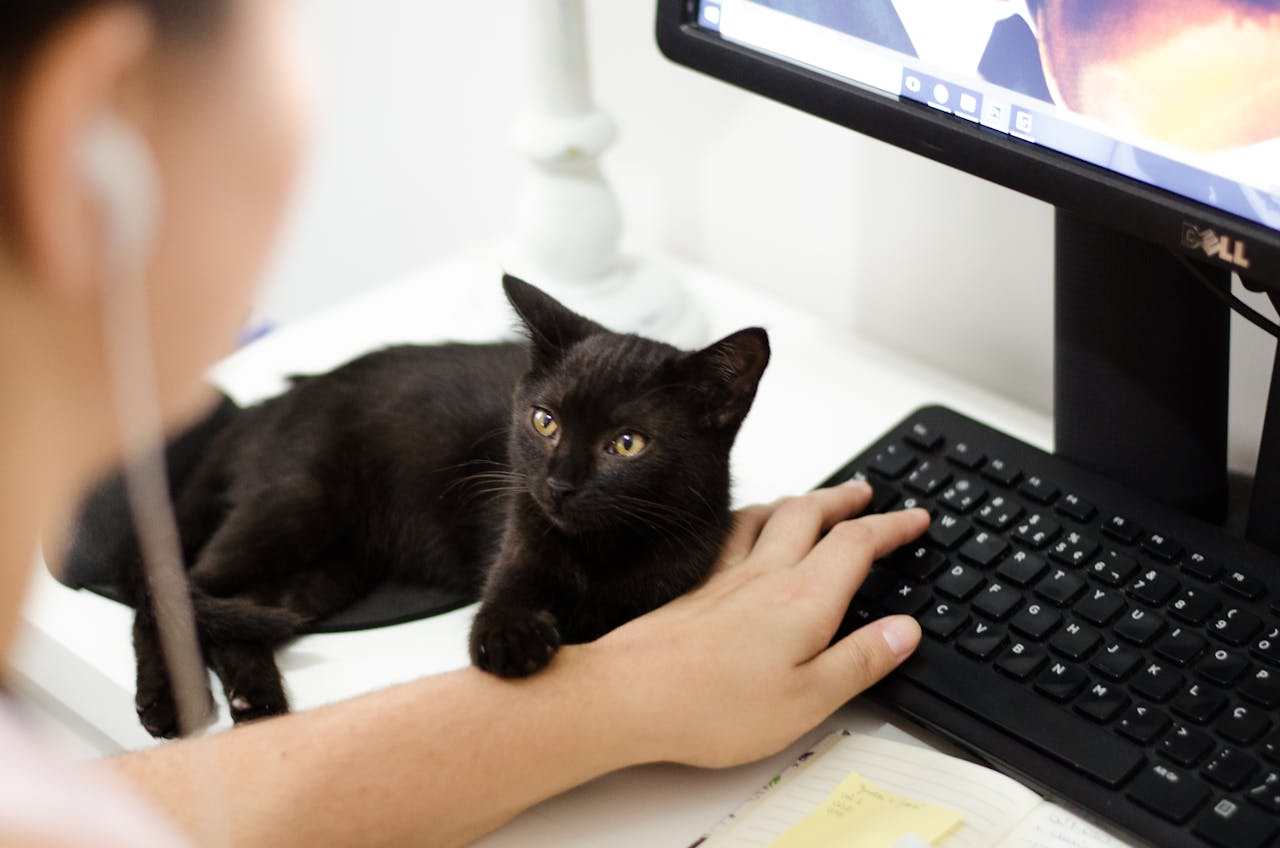Palm Desktop was once the gold standard of personal information management. For many users of the early 2000s, it handled contacts, calendar events, memos, and tasks with a simplicity that modern apps still envy. But as technology evolved, Palm Desktop was left behind. Today, it’s fair to ask: Is Palm Desktop still usable in 2025?

The State of Palm Desktop
Palm Desktop hasn’t been officially updated in over a decade. The last version—4.1.4 for older systems and 6.2 for newer Windows releases—was designed for Windows XP and early Vista. It still installs and runs on many modern PCs, but with major caveats.
Users report that Palm Desktop can be unstable on Windows 10 and 11, often crashing during startup or when switching between modules like Calendar and Contacts. Because it was never rewritten for modern 64-bit systems, it runs in compatibility mode at best—and that introduces more quirks than conveniences.
HotSync and the 64-Bit Problem
The biggest limitation today is HotSync, the old method used to transfer data between Palm handhelds and the desktop app. When Microsoft and hardware manufacturers moved from 32-bit (x86) to 64-bit (x64) architecture, the original HotSync drivers stopped working.
There is no official 64-bit driver for Palm devices, meaning that you can no longer HotSync directly via USB on most modern computers. While some enthusiasts have found complex workarounds involving virtual machines or old 32-bit laptops, these solutions are not practical for most users. The result: you can still open and use Palm Desktop itself, but syncing with a physical Palm handheld is effectively broken.
Instability and Crashes on Windows 11
Even without syncing, running Palm Desktop on Windows 11 can be hit-or-miss.
Common issues include:
- Random crashes when editing or viewing records
- Failure to launch after updates
- Interface glitches caused by modern display scaling
- Compatibility mode not persisting between reboots
Because the software depends on outdated libraries, every new Windows update increases the chance of new instability. In short: Palm Desktop can still launch, but it can’t be trusted as a daily-driver productivity tool.
Modern Alternatives
If you loved Palm Desktop for its simplicity and local-data model, you’re not out of luck. There are modern replacements designed specifically to fill this gap—without forcing you into a cloud-only ecosystem.
DejaOffice PC CRM Standalone
DejaOffice PC CRM Standalone is the most direct modern replacement for Palm Desktop. It offers:
- A familiar layout with Contacts, Calendar, Tasks, Notes, and Categories
- Local data storage (no forced cloud account)
- Fast import from existing Palm Desktop data files
- Full compatibility with modern Windows 10 and 11
- Optional sync with Android and iPhone via CompanionLink
Unlike Palm Desktop, DejaOffice PC CRM is actively maintained and updated for modern operating systems. It’s built natively for 64-bit architecture, ensuring stability and future support.
Final Thoughts
Palm Desktop was a landmark in personal organization software—but it’s now a relic of another era. Between its lack of updates, incompatibility with 64-bit syncing, and instability on Windows 11, it’s no longer suitable for reliable use.
For users who miss the feel and simplicity of Palm Desktop, DejaOffice PC CRM Standalone provides a natural path forward—familiar in spirit, but modern in design and stability.